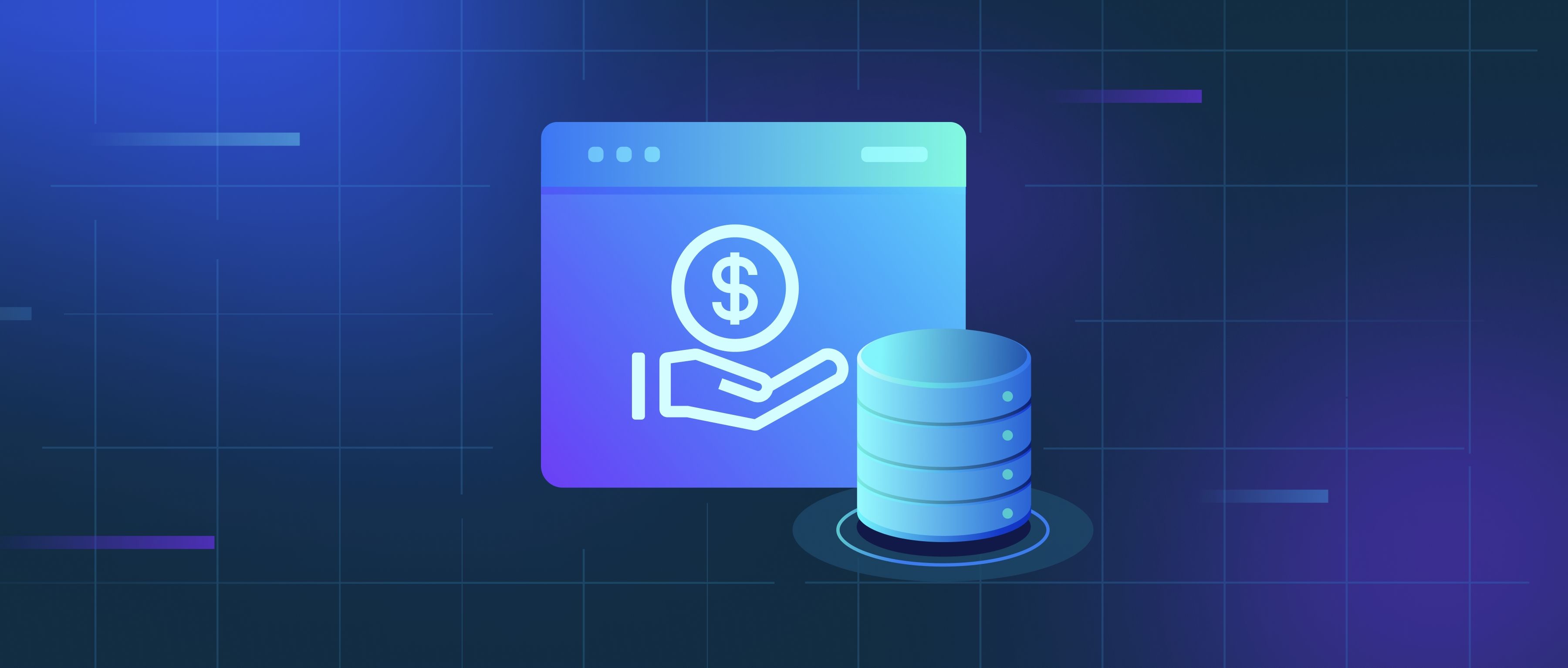A state in reinforcement learning (RL) refers to a specific configuration or condition of the environment at a given time. It represents the information available to the agent at that moment, which the agent uses to decide on the next action. States are critical because the agent’s decisions depend on the current state, and different states may lead to different rewards.
States can be simple or complex depending on the problem. For example, in a board game, the state might be the arrangement of pieces on the board. In a robot navigation problem, the state might include the robot’s position, speed, and sensor readings. The state is typically represented as a vector of variables or features that describe the environment at a particular time.
The RL agent uses the current state to assess its situation and select actions that will improve its chances of achieving its goal. The state is continuously updated as the agent takes actions and the environment evolves, creating a dynamic learning process. Understanding and accurately representing states is essential for the agent to learn effective strategies.
